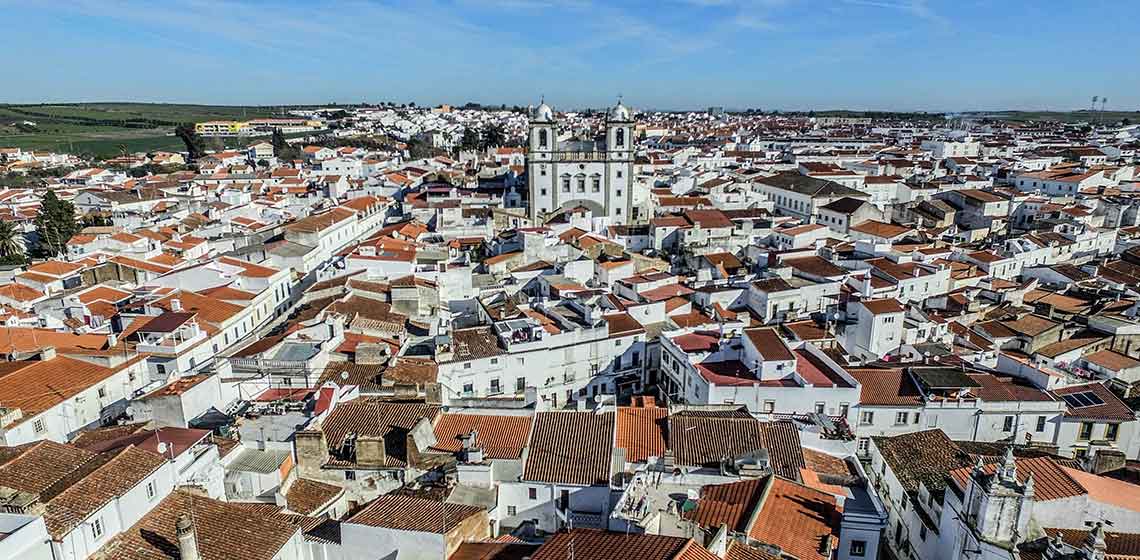It was land of Romans, Muslims and even Spaniards, but the Treaty of Alcanizes, in 1297, ultimately defined the city of Campo Maior as Portuguese. Glued to the border between Portugal and Spain, this quiet Alentejo locality combines the simplicity of its people with the different cultures that continuously pass through there. This village rich in history is, therefore, an obligatory stop. If you're lucky, you may just witness the Flower Festival, as it only happens sporadically and is the most solemn event of the locality. All About Portugal has organized a must-see itinerary, where there is no shortage of heritage, leisure and the traditional Alentejo Wine.
Village Gate

The village of Campo Maior knows how to receive those who visit it. If you have any doubts, they fall to the ground as soon as you reach its noble entrance, the portentous Porta da Vila (Village Gate), also known as Portas de Santa Maria (Gates of Saint Mary). Start this irresistible itinerary next to this magnificent monument, embedded in the wall that still persists today in the contours of Campo Maior. The tall gate is of a unique beauty and a grand memory of times gone by.
Castle of Campo Maior
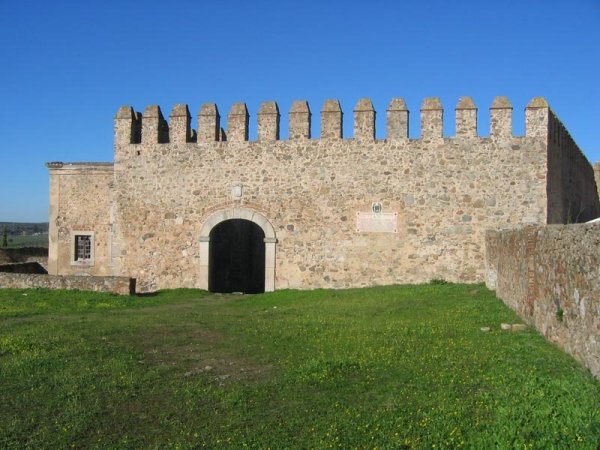
Within 300 meters you will find the Castle of Campo Maior, which most likely offers the most beautiful views over the village. Reminiscent of a past written by kings, wars and conquests, this castle was one of the great bastions of Portugal's border defence. Although it has already lost the beauty and ostentation of that time, it still deserves a visit, especially its interior chapel and the towers that survived the hardness of the centuries. (It is currently closed for works).
Campo Maior Mother Church
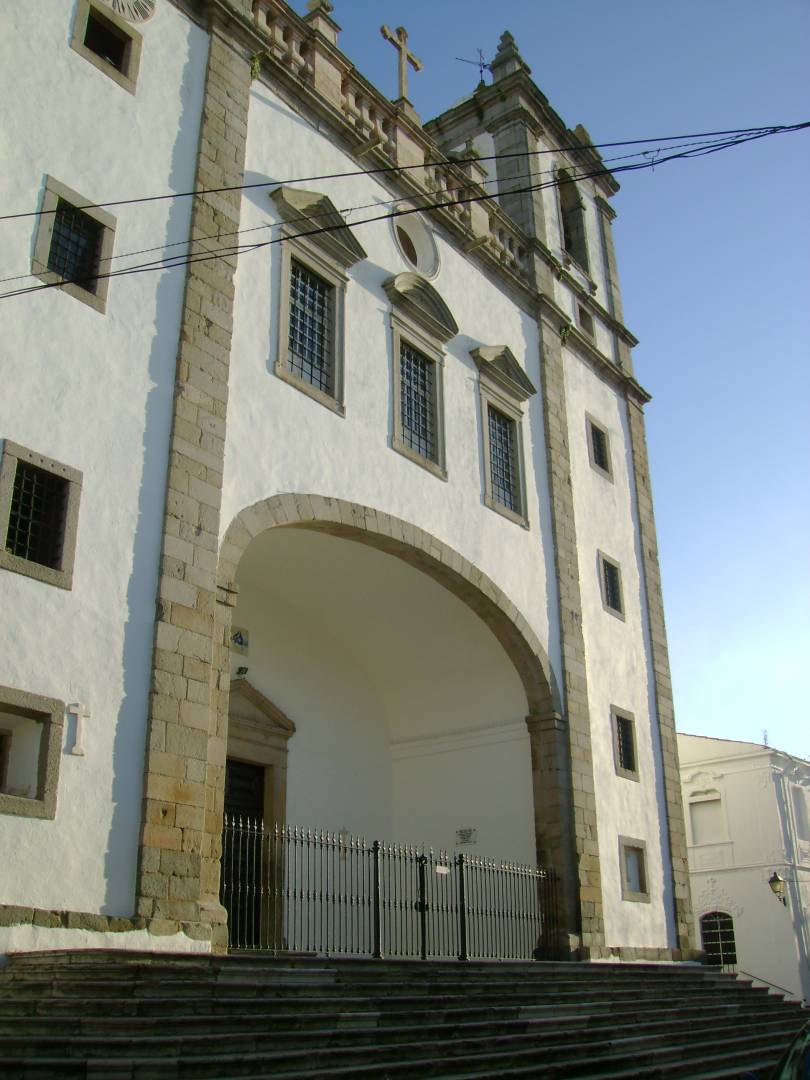
Immerse yourself in the heart of Campo Maior, walking through the village's narrow and (sometimes) busy streets for about four minutes. In one of these apparently “normal” streets, stands the beautiful Mother Church, whose construction was completed in 1646, to receive the population already too large for the Chapel of Saint Clare, inside the Castle. It has a tripartite façade and inside you will find superb artefacts such as 16th century gold embroidered ornaments.
Chapel of Bones
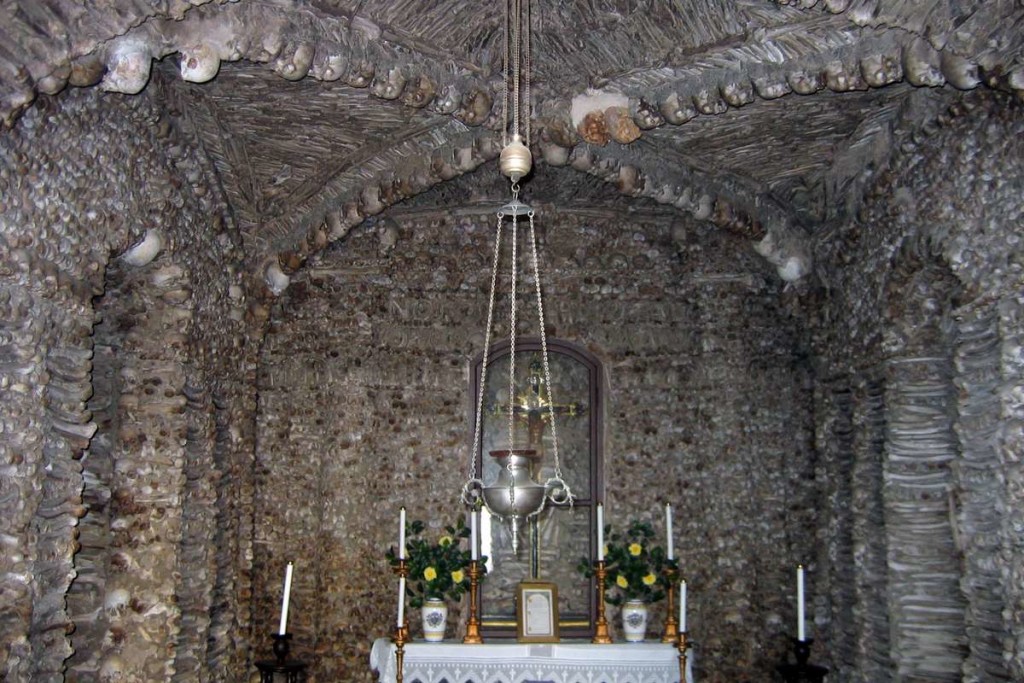
Immediately next to the Mother Church is the Chapel of Bones, one of three that exist in Portugal. As the name implies, the interior of this church is made up of human bones, having been built in 1766. Not recommended for more sensitive people, the chapel is a tribute to the people of Campo Maior that perished in the 1732 catastrophe when the explosion of a gunpowder magazine caused the deaths of more than half of the locals.
Museum of Sacred Art
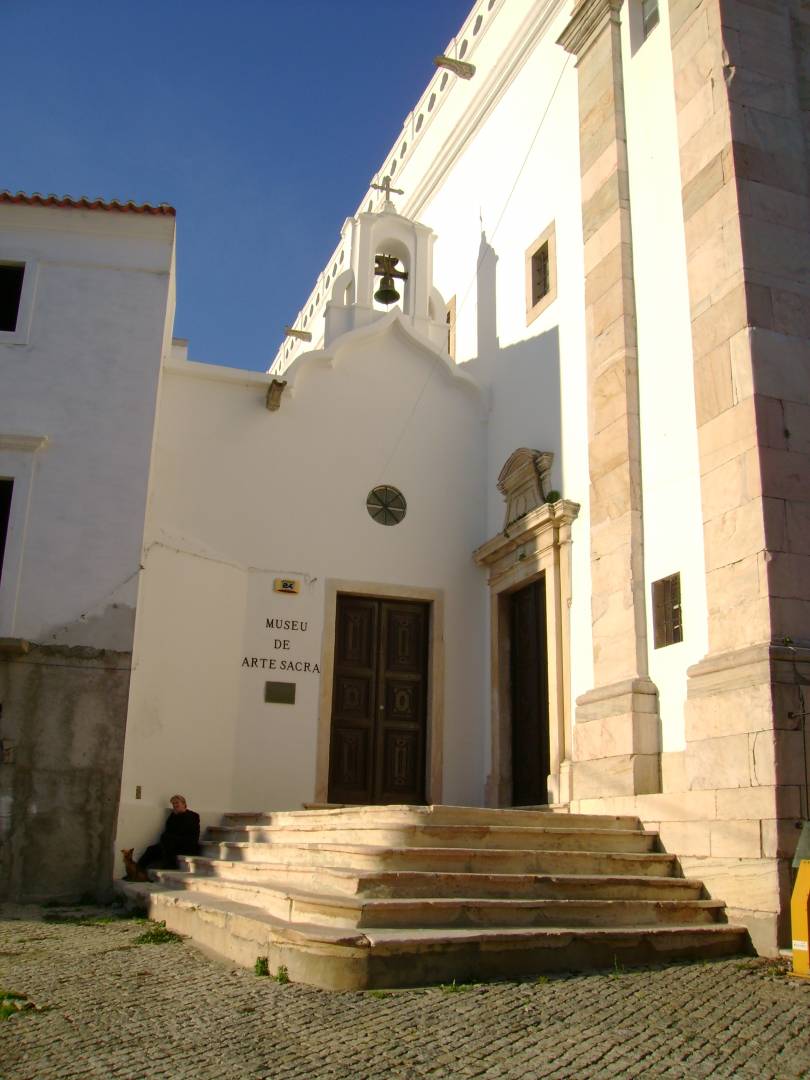
A physical testimony to the region's religious identity, the Museum of Sacred Art brings together an important exhibition of paintings, jewellery, images of Faith and even furniture. The space combines works of art from several churches of the county, tracing a history of art between the 16th and 20th century. Located in the Chapel of Our Lady of Mount Carmel, it has several thematic rooms and also the Saint Barbara Garden.
Lagar Museum - Viscount d'Olivã Palace

Much is said about the wine and gastronomy of Alentejo, but part of the cultural identity of its people lies also in olive oil. To celebrate this traditional delicacy, the Lagar Museum was inaugurated in 2005 at the Viscount d'Olivã Palace, and is now one of the region's hallmarks. Formerly an olive press, the space is a true ode to olive and olive oil production, recreating the production process and offering visitors new curiosities about the product.
Museu Aberto
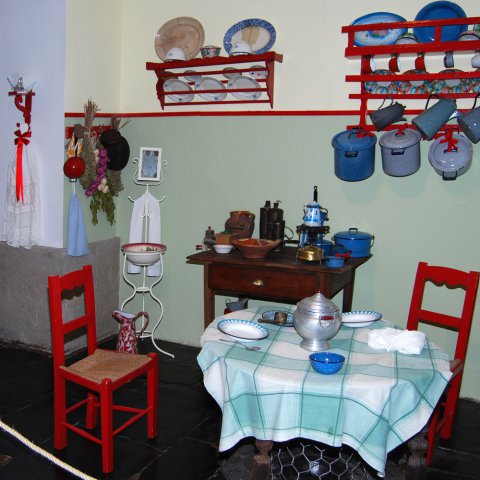
The history of Campo Maior is written with the influence of diverse cultures, eras and, as much as possible, memories. The Museu Aberto, a museum right in the heart of the village, is fuelled by the desire to share the village's history with those who live there or simply visit. From the people of other times to the long relationship with Spain, knowing this space is mandatory for those who want to discover more deeply the different layers that constitute the identity of this village.
Prehistoric Village of Santa Vitória
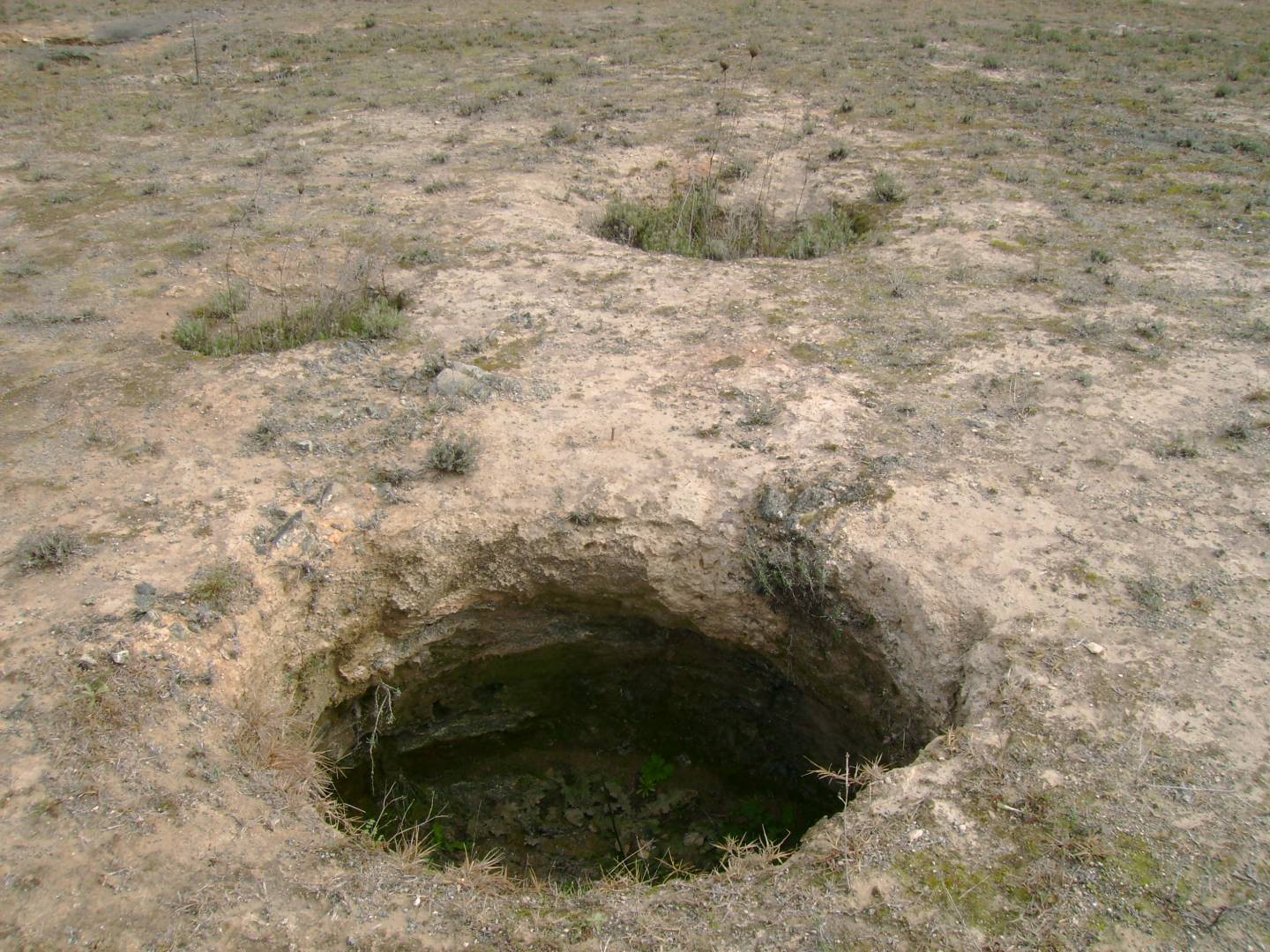
About three kilometres from Campo Maior, you can visit the Santa Vitória Prehistoric Village, dating from 3000 BC, of public and archaeological interest. Given the organization of the soil, a central zone that should function as an acropolis, flanked by moats and walls, is identifiable. The village has theoretical information about what was found there, and one of the highlights of this visit is the climb to the tower, which offers an enviable view of the surroundings.
Coffee Science Centre

Also in the vicinity of the village of Campo Maior, you can find a museum that is unique in all the Iberian Peninsula. Belonging to Delta Cafés, the Centre combines learning with technical-scientific components, as well as educational and leisure activities that provide a rare experience. In addition, it is also possible to know a little better one of the most relevant Portuguese brands of coffee, not only of the current panorama, but also of the last decades.
Adega Mayor
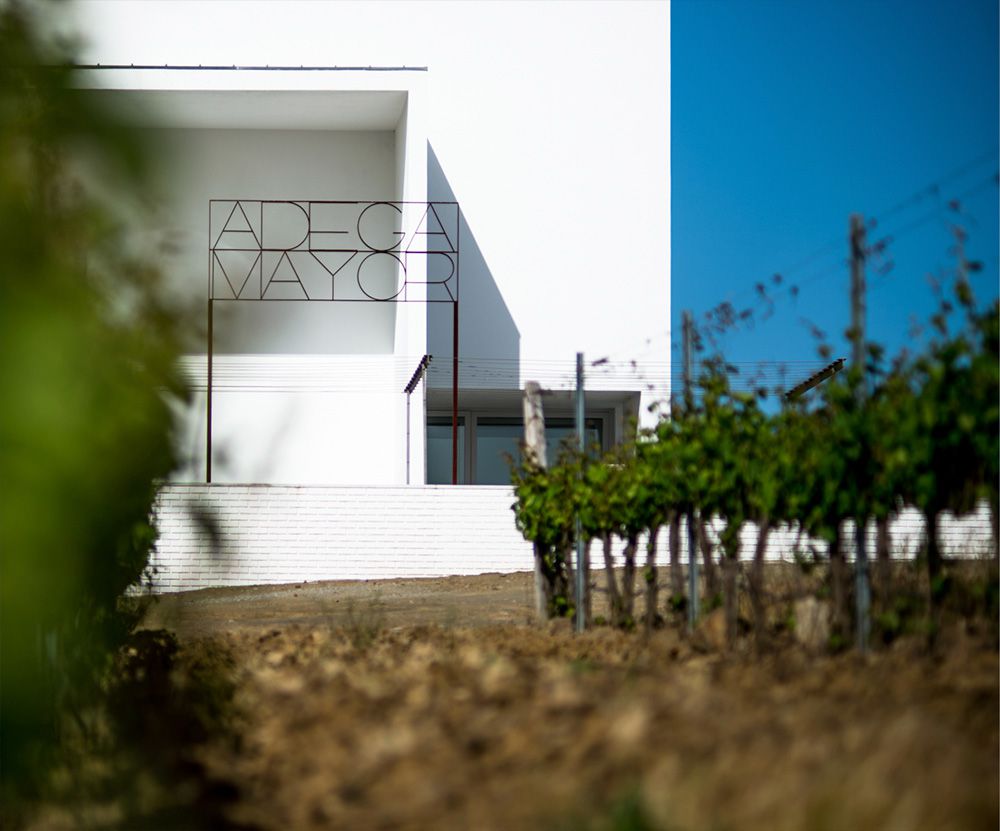
Nearby you can find the emblematic winery Adega Mayor. The beautiful landscape of Alentejo is characterized by plains, by white, blue and yellow houses… and vineyards. The wine, by the way, is one of the wonders of the region, and should accompany the traditional and abundant Alentejo cuisine. Combine the tasting of this nectar with a guided tour through Adega Mayor, which provides a unique learning experience of the entire winemaking process. The building is by the architect Siza Vieira.
Ouguela Village
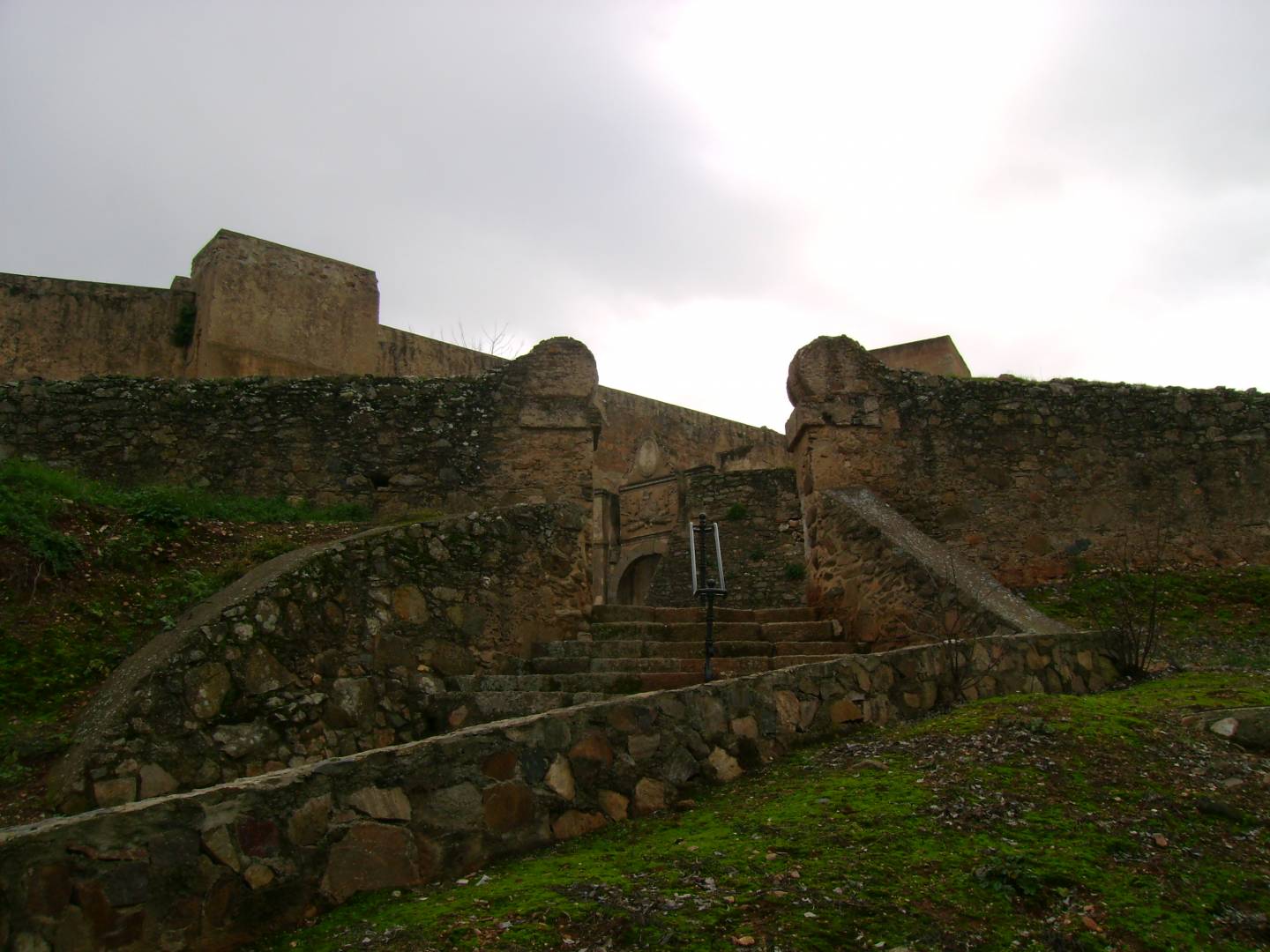
Nine miles from Campo Maior, marvel at Ouguela, an ancient medieval settlement. In this small village stands out the Castle, memory of the ostentation of other times. Once a stronghold of that region, and scene of epic clashes between the Portuguese and the Spanish, it was integrated in Campo Maior in the nineteenth century. The walls “protect” the locals, while, from the top, it is possible to admire the incredible landscape around. A way to end this itinerary in beauty.
Recommended
